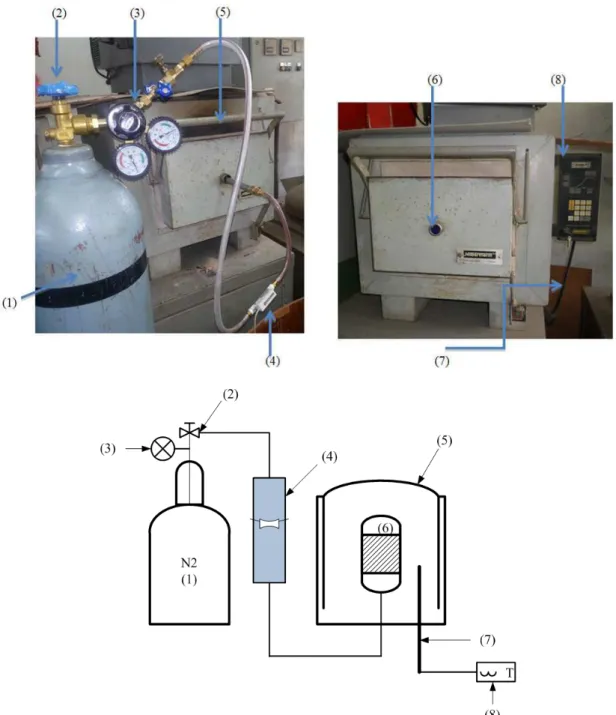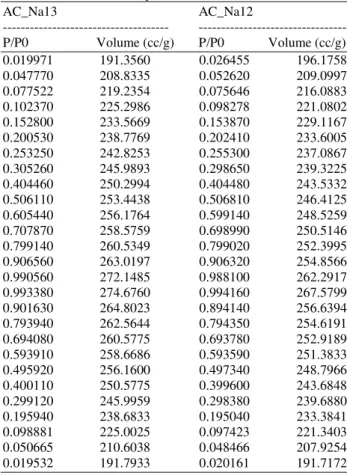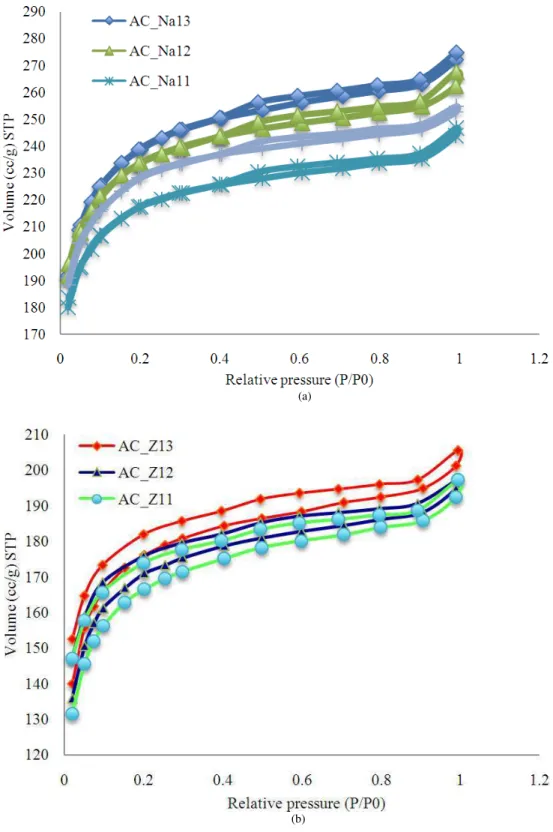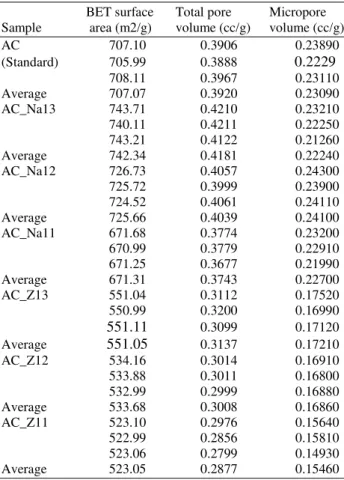PREPARATION OF ACTIVATED CARBON FROM PALM OIL SHELL BY CHEMICAL ACTIVATION WITH Na<sub>2</sub>CO<sub>3</sub> AND ZnCl<sub>2</sub> AS IMPRENATED AGENTS FOR H<sub>2</sub>S ADSORPTION
Texto
Imagem




Documentos relacionados
We have used the GEOS-Chem CO 2 simulation with CO 2 emissions from global monthly-varying fossil fuel use, shipping, aviation and the chemical production of CO 2 from the oxidation
no more systematic investigations of the hygroscopic behavior of Ca(NO 3 ) 2 -containing mineral dust particles, including both deliquescence and e ffl orescence transition and the
On the other hand, at- mospheric photooxidation of these fluorinated alcohols, ini- tiated by hydroxyl (OH) radicals and chlorine (Cl) atoms, is known to yield fluorinated aldehydes
We report a new method for the simultaneous in situ detection of nitryl chloride (ClNO 2 ) and dinitrogen pentoxide (N 2 O 5 ) using chemical ionization mass spectrometry (CIMS)..
In summary, the correction procedure when sampling from the 453 and 723 K inlets is as follows: (1) We use the model simulation results in the form of look-up-tables with measured
In our previous studies (Benson et al., 2008; Young et al., 2008), we reported the residual [H 2 SO 4 ] (measured at the end of the nucleation reactor) and further used the
Column measurements can be used to quantify the emission flux/production rate from an area source by driving around the source or driving up- wind and downwind of that source area..
transport model and a minimum variance Bayesian inverse method was used to estimate annual emission rates using the measurements, with a priori estimates from the Emis- sions


